Archives
- 2025-12
- 2025-11
- 2025-10
- 2025-09
- 2025-03
- 2025-02
- 2025-01
- 2024-12
- 2024-11
- 2024-10
- 2024-09
- 2024-08
- 2024-07
- 2024-06
- 2024-05
- 2024-04
- 2024-03
- 2024-02
- 2024-01
- 2023-12
- 2023-11
- 2023-10
- 2023-09
- 2023-08
- 2023-07
- 2023-06
- 2023-05
- 2023-04
- 2023-03
- 2023-02
- 2023-01
- 2022-12
- 2022-11
- 2022-10
- 2022-09
- 2022-08
- 2022-07
- 2022-06
- 2022-05
- 2022-04
- 2022-03
- 2022-02
- 2022-01
- 2021-12
- 2021-11
- 2021-10
- 2021-09
- 2021-08
- 2021-07
- 2021-06
- 2021-05
- 2021-04
- 2021-03
- 2021-02
- 2021-01
- 2020-12
- 2020-11
- 2020-10
- 2020-09
- 2020-08
- 2020-07
- 2020-06
- 2020-05
- 2020-04
- 2020-03
- 2020-02
- 2020-01
- 2019-12
- 2019-11
- 2019-10
- 2019-09
- 2019-08
- 2019-07
- 2019-06
- 2019-05
- 2019-04
- 2018-07
-
Synthetic peptides have proven highly valuable in replicatin
2021-07-20
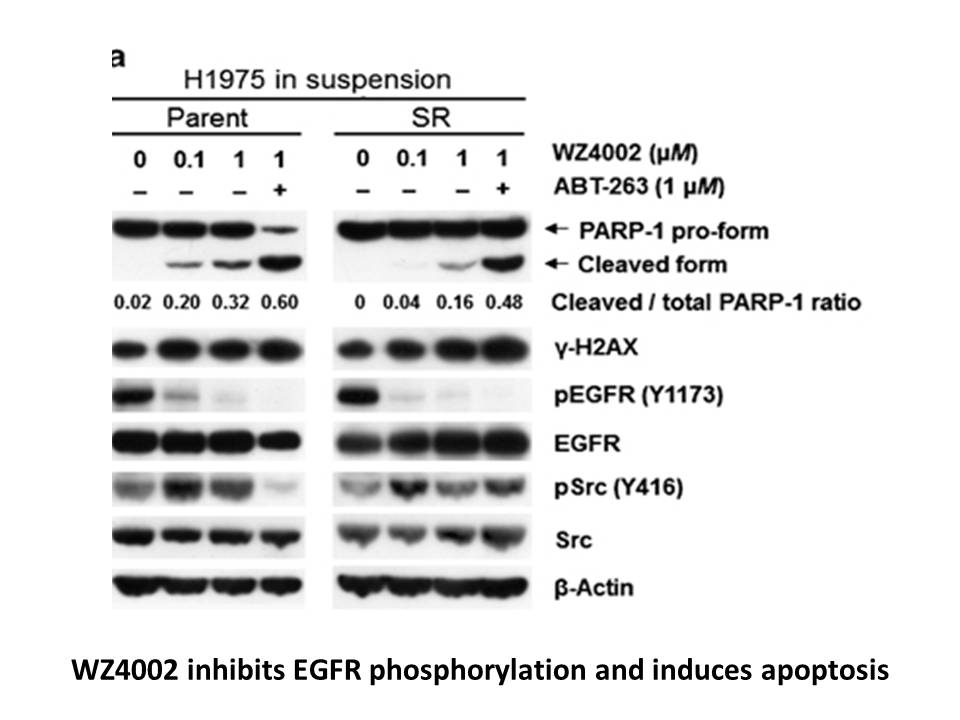
Synthetic peptides have proven highly valuable in replicating the characteristics of collagen and in defining the sites on collagen essential for binding and studying protein–collagen interactions. There are, however, disadvantages to synthetic collagen-like peptides. First, the thermal stability of
-
br Acknowledgments br Casein kinases CK are serine threonine
2021-07-20
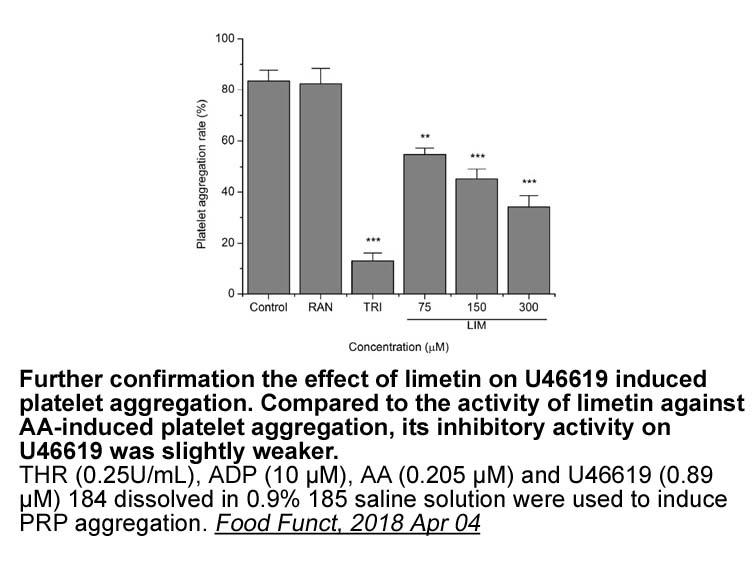
Acknowledgments Casein kinases (CK) are serine/threonine-specific enzymes and can be divided two subtypes: casein kinase 1 (CK1) and casein kinase 2 (CK2). CK1 contains at least seven isoforms (α, β, γ1, γ2, γ3, δ and ε) expressed in eukaryotic organisms, CK1 is involved in various cellular pro
-
The phenolic hydroxyl group of ezetimibe
2021-07-20

The phenolic hydroxyl group of ezetimibe tolerated various structural modifications (disaccharide, carboxyalkyl and glucuronide) that retained inhibitory activity.13, 14, 15 We conjugated glycylglycine to phenolic hydroxyl group and synthesized ten 1H-pyrrole-2,5-dione derivatives 14a-j successfully
-
ERK and p MAPK signaling
2021-07-19
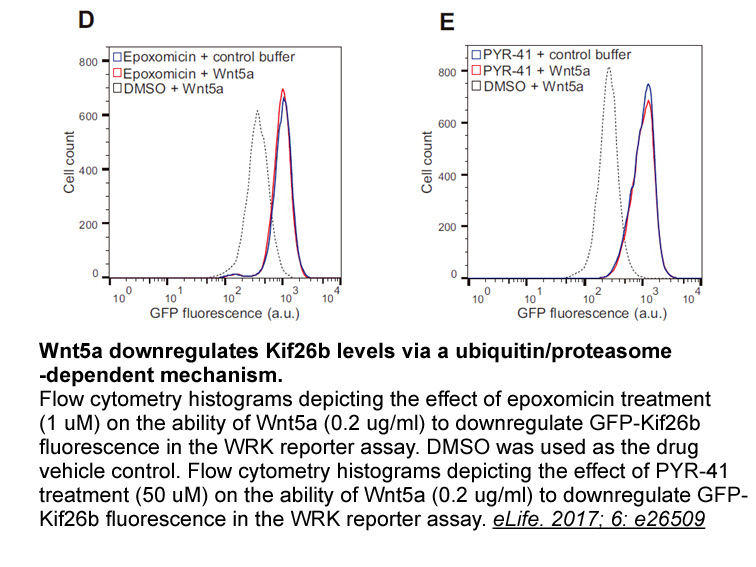
ERK and p38 MAPK signaling pathways play critical role in genesis and metastasis of melanoma (Tang et al., 2018). >50% of melanoma Sotalol (Abildgaard and Guldberg, 2015) show abnormal activity of BRAF-RAS-RAF to activate MEK signal that drives the growth-promoting extracellular signal-regulated ki
-
pergolide It has been reported that PGE increases expression
2021-07-19

It has been reported that PGE2 increases expression of the survivin mRNA (Baratelli et al. 2005) and promotes the stabilization of the survivin protein in some tumor pergolide (Krysan et al. 2003). However, it is unclear whether PGE2 affects the expression of survivin mRNA or promotes the stabilizat
-
Just as Dorin et al and
2021-07-19

Just as Dorin et al. [2] and Nguyen et al. [3] write in regard to their models, our static model can be used to estimate the affinities of ESI-09 to albumin and CBG. Dorin et al. [2] estimates the K, but not K, since they find that their model is not particular sensitive towards changes in K. Our se
-
br Materials and methods br Results Because of
2021-07-19
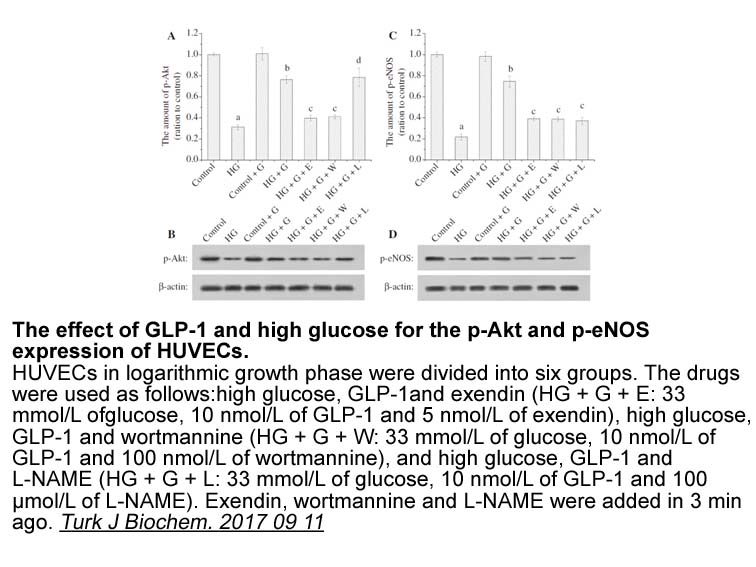
Materials and methods Results Because of the specific binding of DGKε to an arachidonoyl group, there was a particular interest to evaluate the behavior of 2-AG with this isoform of DGK. The substrate specificity and kinetic constants for DGKε has been recently reported [13]. Using the preferr
-
Confirmation of the presence of H PPase genes in
2021-07-19

Confirmation of the presence of H+-PPase genes in the genomes of the different protists tested was obtained by Southern blot analyses using the PCR-amplified DNA fragments as probes (Fig. 3). In the trypanosomatids L. major and T. cruzi and the euglenoid A. longa, a single band appeared in the filte
-
As compared with the broad spectrum of chemicals known
2021-07-19
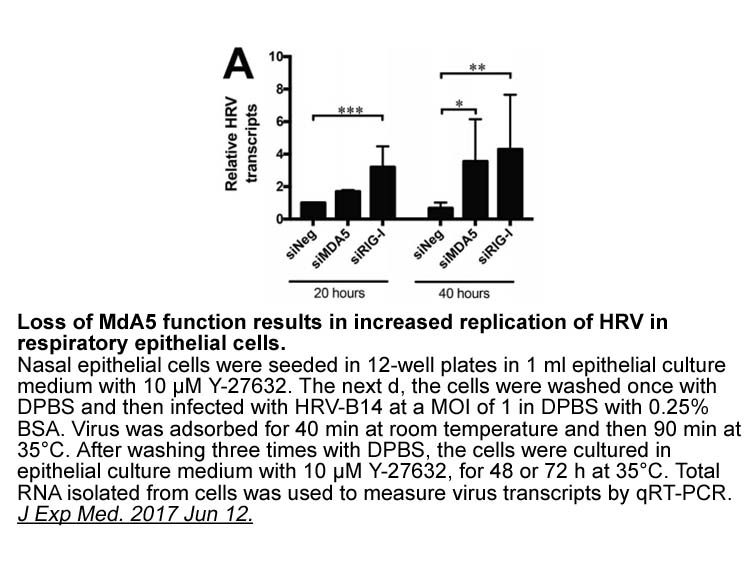
As compared with the broad spectrum of chemicals known to serve as the ligands for PXR and CAR, the ligands of VDR are previously restricted to VD3 as well as its hydroxylated metabolites and the secondary bile beauty spot LCA. Recently, the VDR-binding capacities of more compounds have been discov
-
br Materials and methods br Results br Discussion Recently
2021-07-19
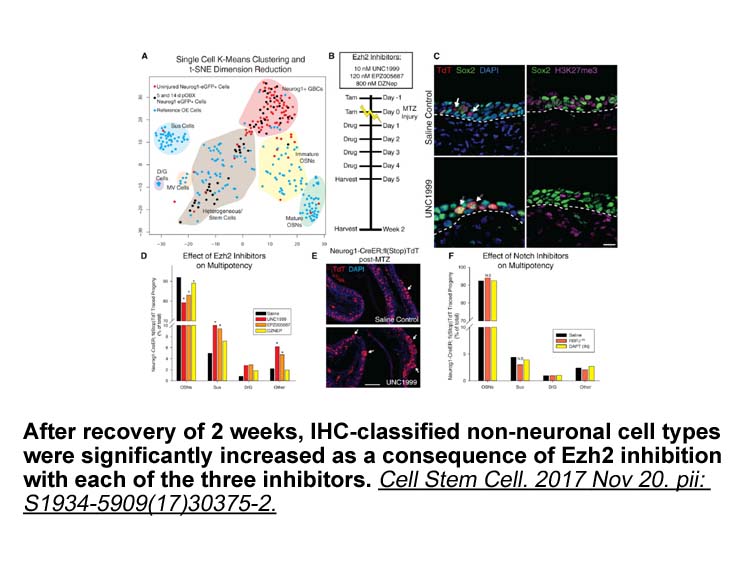
Materials and methods Results Discussion Recently it has been found that prostaglandins play an important role in modulating the host immune system [1,3,22,23], and some parasites produce these eicosanoid mediators to survive into their hosts [6,[10], [11], [12],24,25]. The discovery that p
-
While we are taking full responsibility for any remaining er
2021-07-19
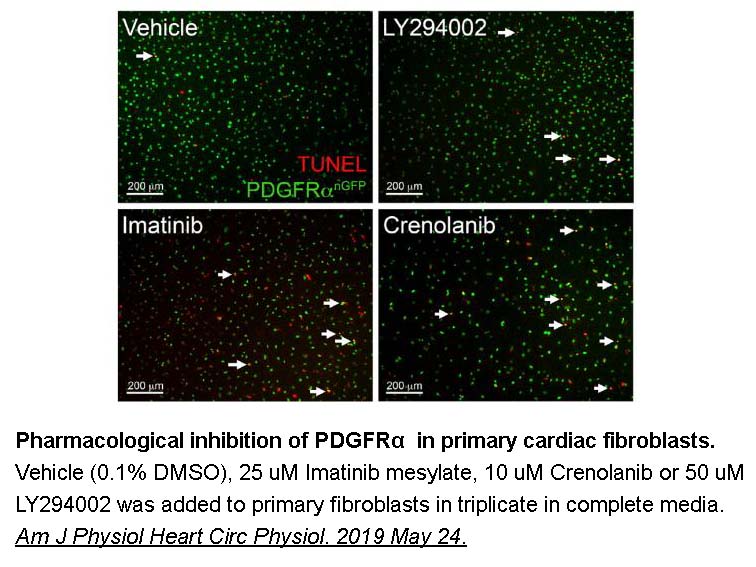
While we are taking full responsibility for any remaining errors and shortcomings of the paper, we would like to thank Dr. Jong-Hyeon Jeong, Department of Biostatistics, Graduate School of Public Health, University of Pittsburgh, for offering us insight and literature pointers useful in our quest to
-
BMS 193885 Yet the standards fall back
2021-07-19

Yet, the standards fall back on the development process with justification. As shown by Littlewood and Strigini (1993), the extent to which the reliability of software (both OTS and bespoke) can be proved by testing is severely limited––not because appropriate tests cannot be devised, but because ad
-
br Conclusion This patient was hypercoaguable as
2021-07-19
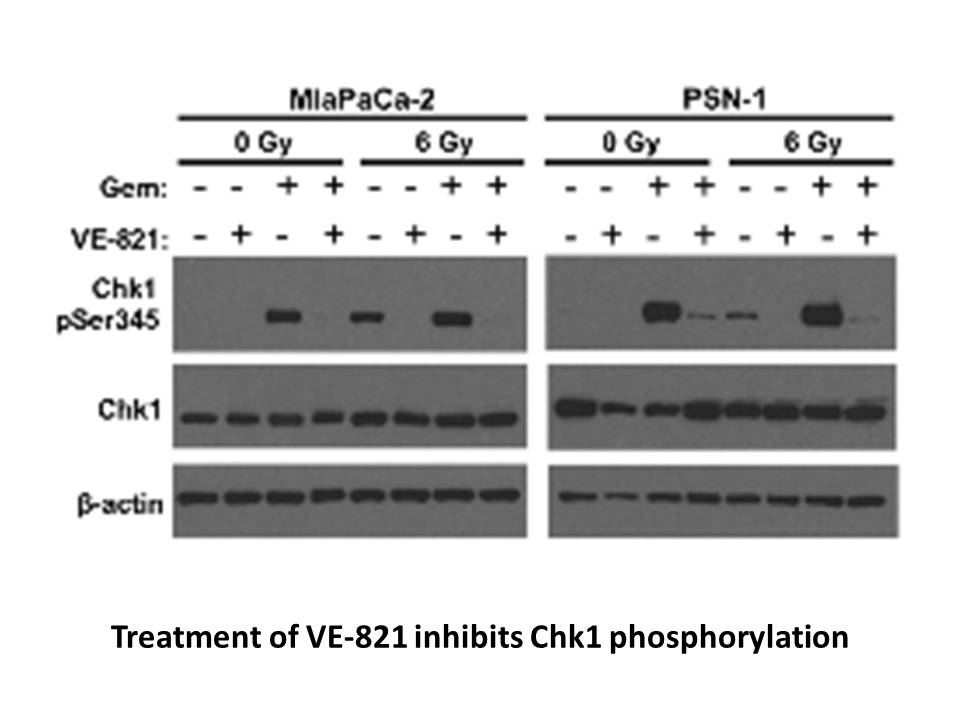
Conclusion This patient was hypercoaguable as evidenced by a lower extremity DVT, pulmonary emboli, and a splenic infarct. Excluding acute CMV infectious mononucleosis, she had no disorders predisposing to splenic infarcts.4, 5 In this case, CMV infectious mononucleosis was accompanied by CMV lun
-
In order to validate the ATP
2021-07-19

In order to validate the ATP competitive mode of inhibition, compound 12 was selected as a representative inhibitor of this series, and the IC50 values were determined at eight different concentrations of compound 12 ranging from 0.001 to 100 μM, and repeated four times using different ATP concentra
-
The upregulation of PTGS and PTGS in late gestation
2021-07-19

The upregulation of PTGS1 and PTGS2 in late gestation in mares could be linked to the high levels of estrogens produced by the fetoplacental unit. Estrogens are thought to be effective stimulators of prostaglandin production by potentially up regulating PTGS2 expression. Although a recent publicatio
15563 records 607/1038 page Previous Next First page 上5页 606607608609610 下5页 Last page